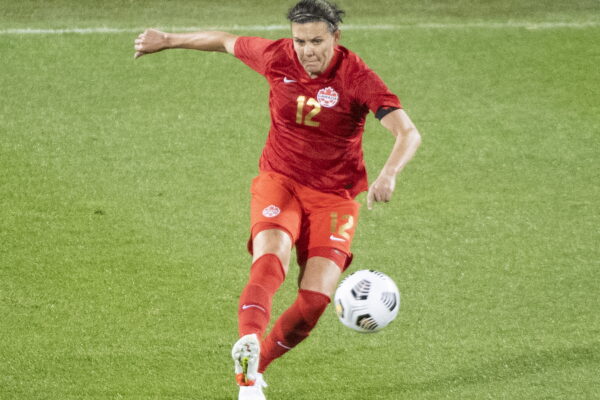Before we begin, FIFA has agreed on this format change for the upcoming World Cup for some years now but with the push-back they’ve received, there’s still a chance it could be amended again.
The intention is to roll out this new format out for the World Cup shared between Canada, the USA and Mexico.
FIFA’s current president Gianni Infantino has said some interesting things about the format going forward, like the length of time between the tournaments moving from 4 years to 3 years for example.
What if there were 48 teams playing?

Back in January 2017, the FIFA Council voted unanimously in favour of expanding the World Cup to 48 teams. The first time this would kick off would be in the 2026 edition.
They stressed that while there would 16 extra teams qualifying and competing in the finals, they said that their study would avoid disruption and hassle on teams to prepare more than the normal format demands.
‘There is no reduction in the overall number of rest days and a guaranteed maximum of seven matches for the teams reaching the final, while the current 32-day tournament duration is kept, so as not to increase the length of time for which clubs have to release their players.’
Let’s step back just for a moment…
So back in October 2013 the then FIFA President Michel Platini had proposed an expansion of the tournament to 40 teams, something also revisited by successor President Gianni Infantino in 2016.
Four options were put forward:
- Expand to 40 teams (eight groups of five teams) – 88 matches
- Expand to 40 teams (ten groups of four teams) – 76 matches
- Expand to 48 teams (opening 32-team playoff round) – 80 matches
- Expand to 48 teams (16 groups of three teams) – 80 matches
It would be the very last of these which would be selected.
Projected new format
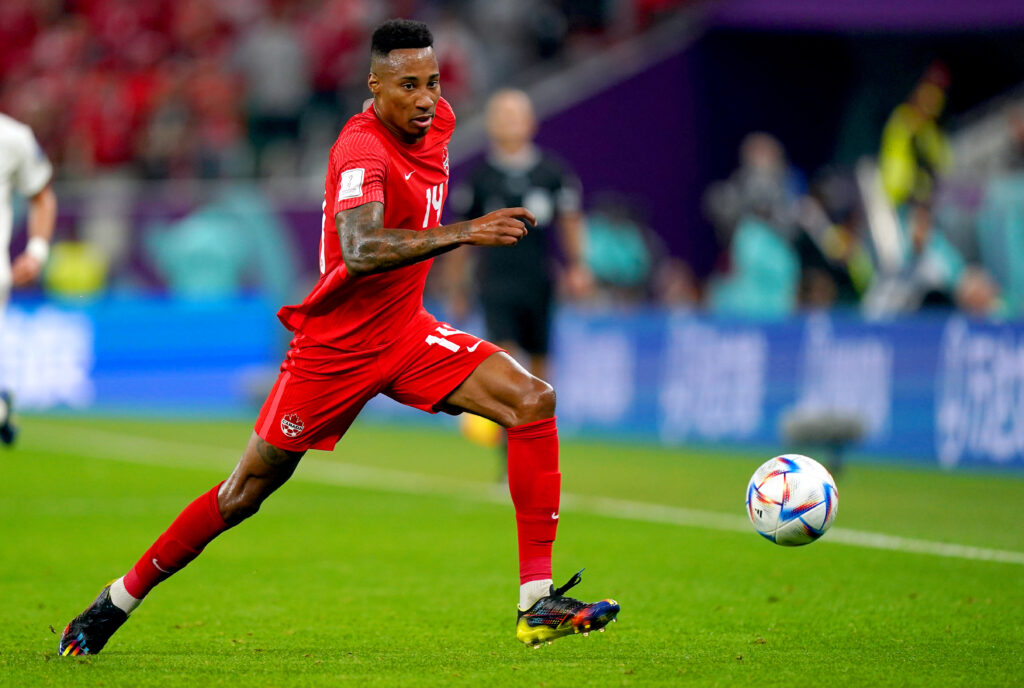
Quick caveat… the new format here is what was proposed. FIFA is going back to discuss tweaks. Read on to see what the initial format looks like.
Under this new format, the first round of the competition could include 16 groups made up of three teams.
Two of three teams will then qualify to move on to the next round where the remaining 32 countries will compete in the knockouts.
This would mean that the number of games would increase from 64 to 80 with finalists still playing 7 games each. It would also continue to run over a fixture of 32 days, the same as the 32-team format.
That also means that the number of teams representing the African and Asian Confederations would also increase. In 2022, this was 11 teams, featuring Qatar and Australia. The 2026 format could have up to 19.
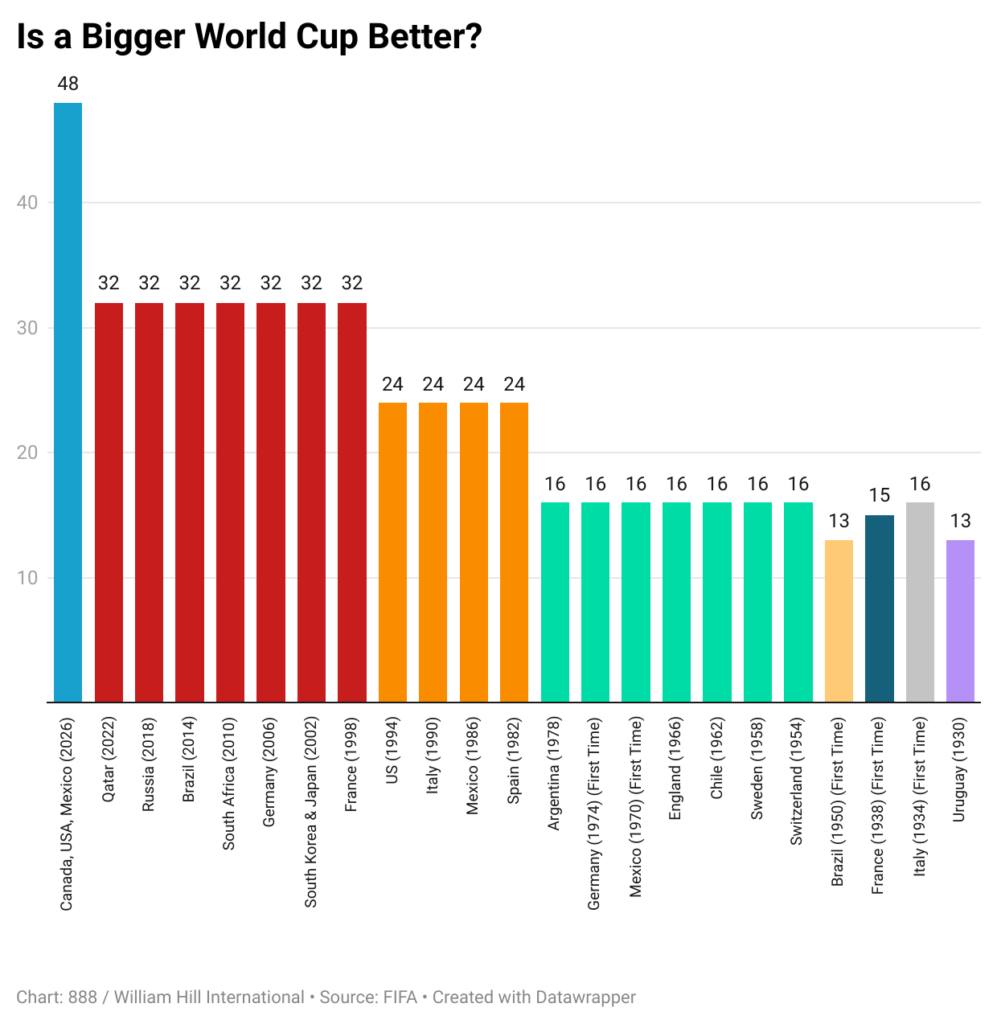
Why though?
Infantino argued that it would mean that more of the 135 nations who make up the 211 FIFA membership, would have a chance to take part in the World Cup.
At the same time, members of the respective football associations would receive an annual sum of $5M each year as development aid to support football.
FIFA seems to be more encouraged to pursue the format because of the success of the World Cup in Qatar and the sheer numbers of visiting fans who came to watch their nations play.
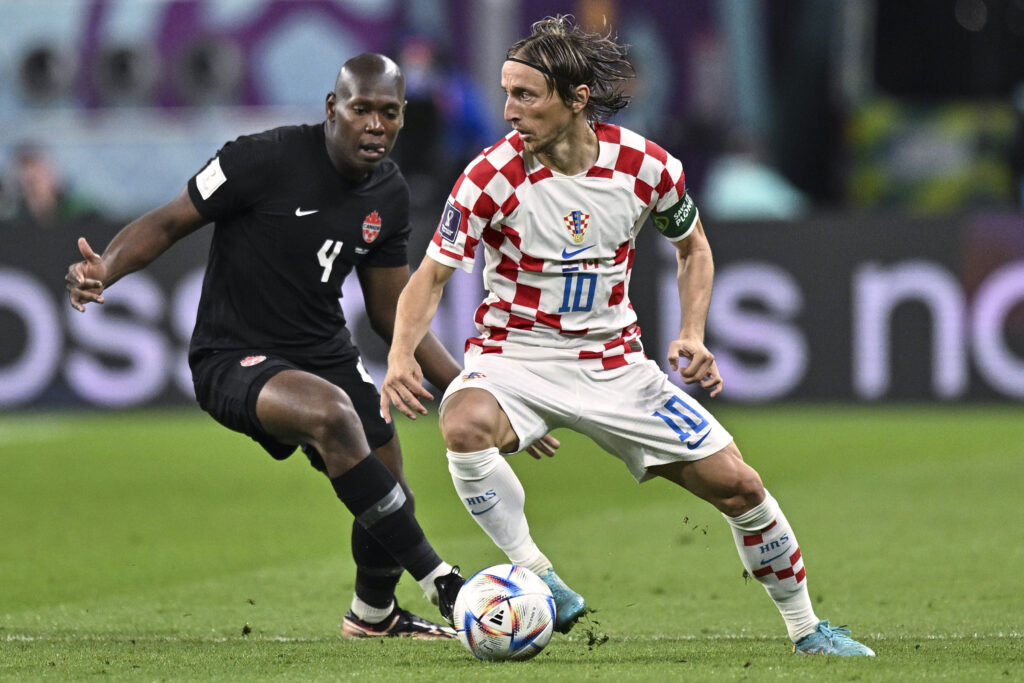
Likewise, Infantino also argued back in January 2017 that the expansion to 48 countries would generate around $1BN more money and around $640M in profits.
More recently he said that the build up to the contest would also generate $11BN for FIFA from sponsorships, ticket sales and merchandising.
Is this the final format?
No. There have been discussions since the new format was proposed to reduce the number of groups from 16 to 12 (3 teams to 4 teams per group). That would be split into two groups of 6.
This does however increase the chances of the number of games increasing to 104 with each team playing 8.
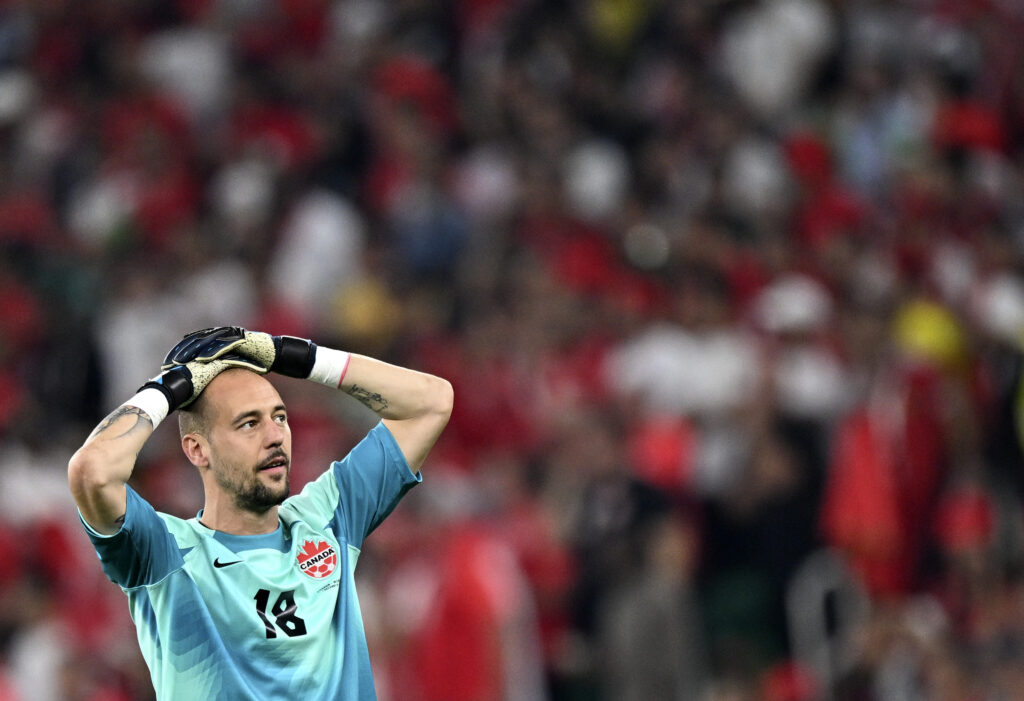
Discussions about this adapted form of the new format have been discussed during the Qatar World Cup.
FIFA still has a lot of details to thrash out before the expanded World Cup plan is presented to the Football Associations and the public.
What do the critics say?
Opposition has come from a number of Football Associations, national leagues and former figures.
They argued that the number of games would actually lead to a lower quality performance and some went as far as to suggest political reasons for its expansion.
Collusion has been the biggest concern. An article from the Journal of Sports Analytics argued that the three-team group stage would increase the risk of collusion.
Two teams in a group could collude to knock out a rival. They could draw for example.

FIFA responded by introducing a penalty shootout to prevent draws in Group Stage games but this did not mitigate the risk of match-fixing.
They also argue that the adaption of 12 groups rather than 16 would prevent collusion, but that would remain to be seen.
Canada as a co-host
Canada will be co-hosting along with the United States and Mexico, having won the right to host the contest with 134 votes of the 200 cast.
Canada will host games in in the Toronto (BMO Field) and Vancouver (BC Place Stadium), as two of the 16 venues.

To accommodate the FIFA requirements for 45,000 seating capacity, the Toronto FC ground received a huge makeover to bring it from 17,756 seats to 45,736. This has cost the provincial government around $260M.
Likewise, the Vancouver (BC Place Stadium) has cost between $240 and $260M to renovate it to accommodate 54,000 people.
But what’s the best thing about this?
By FIFA rules, Canada, the USA and Mexico will be automatically qualified for the World Cup so there won’t be any need to qualify through the qualification stages of the World Cup. That means Canada will get it’s chance to shine again.
Are you already hyped for the World Cup in our backyard? Will John Herdman still be leading us into 2026?



